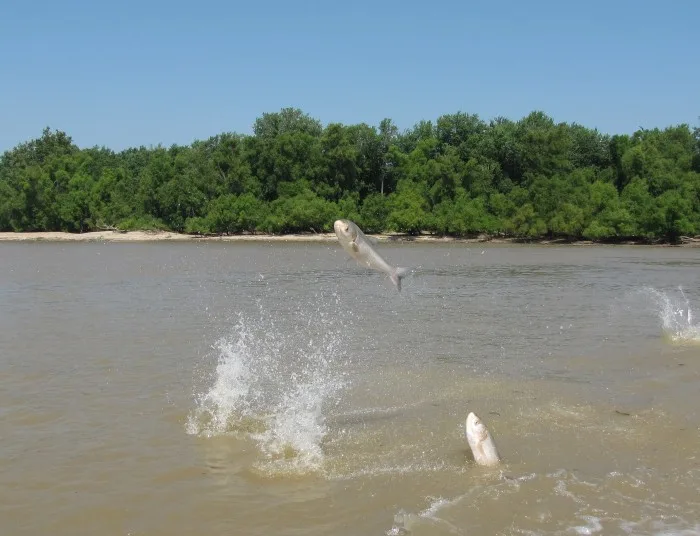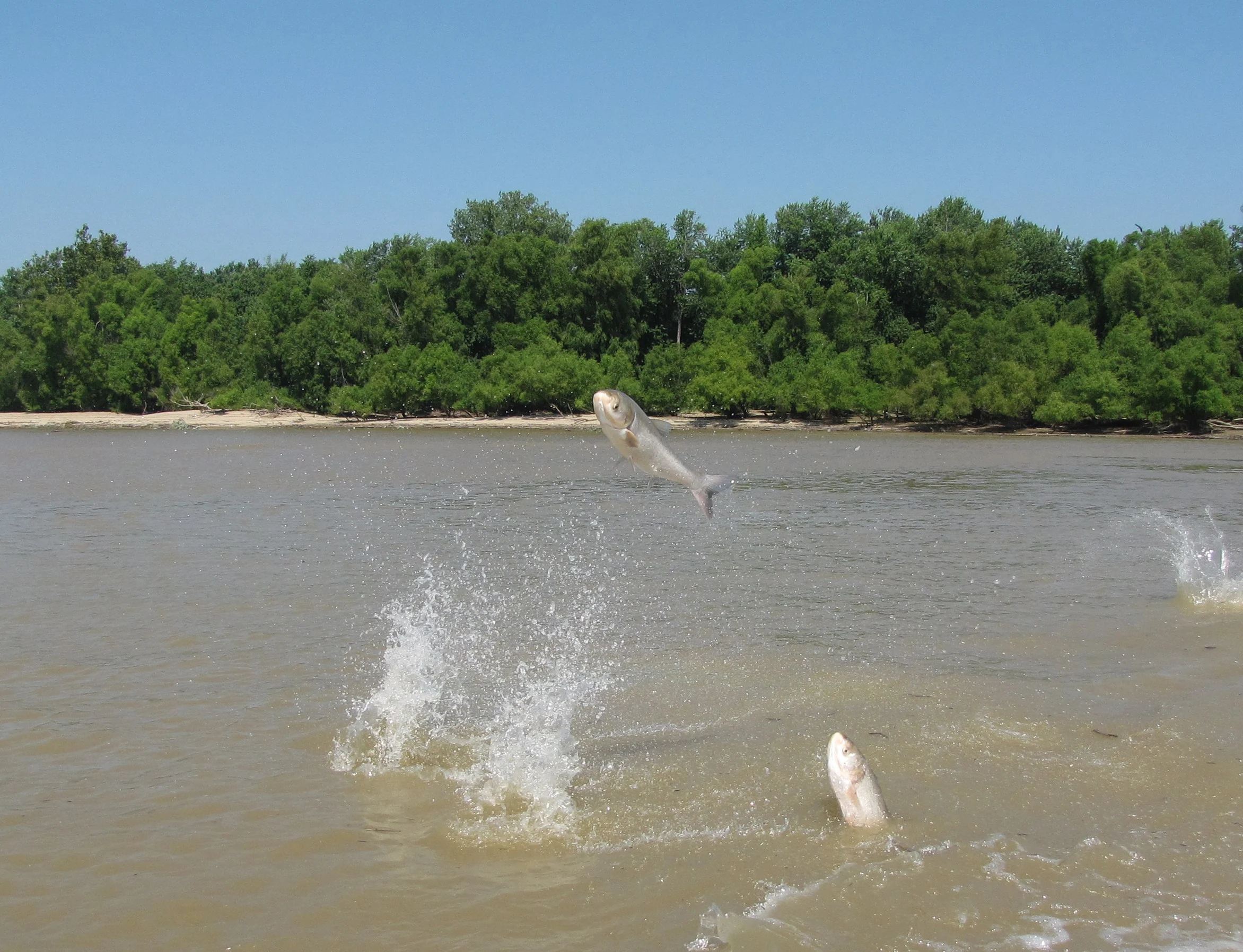
From 'gross' to 'good': This slimy fish is about to get rebranded
Officials believe the campaign will help remove carp from Mississippi waters, but some are skeptical.
In the 1960s and 70s, Asian carp were introduced to the southern U.S. to control algal blooms. A series of unfortunate events, including floods and human error, helped the fish escape into the Mississippi River system, and their population has been exploding ever since.
The term "Asian carp" collectively refers to four species: bighead, silver, grass, and black. The voracious eaters out-compete native fish and destroy local environments, accounting for 90 per cent of all fish biomass in parts of the Upper Mississippi.
While it has found its way into pet foods, fertilizer, and bait, humans have been slow to adopt it as a food source.
Carp has been eaten in parts of Asia for thousands of years but, because the species is destructive and invasive in the U.S., some North Americans view it as unhealthy and unappetizing. Further compounding issues is the fact that many find carp to be unattractive and it's slimy, a protective mechanism many aquatic species employ to help ward off parasites.
Illinois officials hope to tackle public misconceptions and reduce the number of Asian carp in Mississippi waterways with a marketing campaign.

File photo: Asian Carp jump out of the water at the mouth of the Wabash River. Courtesy: U.S. Army Corps of Engineers photo by Todd Davis/Flickr CC BY 2.0
The fish will be re-named and rebranded through an initiative highlighting carp as a healthy, organic, and sustainable food source.
If their efforts pay off, some officials say it could result in fishers removing more carp from Illinois rivers near Lake Michigan.
While they have tiny bones in their fillets that make them undesirable for many North American consumers, grinding the meat can overcome the issue.
It is flaky, low in iron, and high in omega-3 fatty acids. Many Americans think of carp as a bottom-feeding and muddy-tasting fish, but Dirk Fucik, owner of Dirk's Fish and Gourmet Shop in Chicago told USA Today it's actually a plankton feeder, with "cleaner, sweeter-tasting meat."
The Illinois Department of Natural Resources is partnering with grocery stores, restaurants, and institutions with cafeterias, like universities, to get the word out.
The new name will make its debut in June 2021, ahead of the Boston Sea Food Show in July.
IS THIS A GOOD IDEA?
Anthony Ricciardi, a professor of invasion ecology and aquatic ecosystems at McGill University, tweeted that commodifying invasive species may not be an effective way to combat the problem.
"In addition to eroding concern about Asian carp invasion, a marketing campaign could inspire people to raise their own fish," he said on Twitter.
"The notion that invasive species can be controlled by creating a market for eating them ignores the risks of perverse incentives," he added, linking to a study that examines the benefits, and risks, of eating invasive species.
While adding invasive species to the menu can increase awareness about conservation efforts, benefit the local economy and aid in early detection and rapid response, there are risks as well, according to the paper.
For example, creating a market around an invasive species doesn't guarantee it will put a sizeable dent in the population, and it could promote further invasions.
And once a market for an invasive species has been established, it can become "harder to encourage complete removal of the monetarily valuable species," the paper argues.
The Weather Network reached out to Mr. Ricciardi via email for further commen, but did not hear back by press time.
ASIAN CARP IN CANADA
The rush to remove Asian carp from local waters is part of an effort to prevent them from entering the Great Lakes.
To date, there haven't been many captures of Asian carp in Canadian waters.
According to the Government of Canada, only three specimens of bighead carp have been collected, all in western Lake Erie, with the last capture occurring in 2003. Since 2012, there have been about 23 single captures of grass carp, and no silver or black carp have been recorded in the Great Lakes.






